Visiting Fort Tejon State Historic Park North of Los Angeles
This week we’re heading just an hour north of Los Angeles to stop at a spot where more than 100,000 vehicles travel past every day of the year. Join me as we explore the history of Fort Tejon State Historic Park.
Army barracks at Fort Tejon State Historic Park
Location
Fort Tejon State Historic Park is easily reached just off the I-5 freeway, approximately 76 miles northwest of Los Angeles via the Fort Tejon exit (Exit 210 heading north or south) along the "Grapevine" section of the I-5. The official park entrance is on south side of freeway, and both the parking lot and park entrance can be seen from to freeway.
Fort Tejon State Historic Park north of LA
Pre Army History
Prior to the 1700s, Native American tribes thrived in this area, including the Yokut and Chumash. An inland group of coastal Chumash, known as the Emigdiano group, long lived in a large village at the bottom of the Grapevine Canyon. In the late 1700s the first Europeans are believed to have traveled through the Tejon Ranch area, and in the early 1800s fur trappers followed. The discovery of gold drew thousands of people to the west in the mid-1800s, and confrontations between the Emigdiano and miners grew as the settlers encroached on the locals’ land. The US government addressed the situation by establishing reservations (including the Sebastian Indian Reservation) and US military forts to help keep the peace in the region.
Original orderlies’ quarters at Fort Tejon State Historic Park
Fort Tejon History
Fort Tejon was established with the official statement to protect and control the Indigenous Americans who were living on the Sebastian Indian Reservation, as well as to protect the American Indians and white settlers from raids by Paiutes, Chemeheui, Mojave, and other native groups of the desert regions to the southeast. Fort Tejon was first garrisoned by the United States Army on August 10, 1854. The First U.S. Dragoons (a battalion of mounted rangers) began constructing more than 40 military buildings and a small civilian community was developed just south of the fort to provide supplies and labor for the military. Over the course of nearly a decade, Fort Tejon was said to have provided employment, protection, and social activities for local residents.
Fort Tejon State Historic Park near Bakersfield
In 1857, one of the largest recorded earthquakes struck this area...many of the adobe buildings at Fort Tejon were badly damaged and several people were injured. When the Civil War began in 1861, the Dragoons at Fort Tejon were sent to guard Los Angeles and eventually sent back east to fight in the war.
Later in 1862, three calvary companies forcibly removed the Owens Valley Paiute from their land after clashes with the encroaching white settlers. It’s said that several hundred of these American Indians were brought to Fort Tejon in 1863, but with minimal resources, their numbers were tragically diminished by both disease and starvation. By 1864, the remaining native population was transferred to the Tule River Indian Reservation and the U.S. Army closed Fort Tejon on September 11, 1864, officially ending its career as an active military post.
In 1940, five acres, including the fort’s parade grounds, foundations, and remnants of original adobe buildings, were deeded to the state of California to be used as a State Park...and Fort Tejon State Historic Park was born. Restoration began on some of the adobe buildings in 1947 and continues to this day.
Reconstructed jail and guardhouse at Fort Tejon State Historic Park
Fort Tejon State Historic Park visitor center
Visiting Today
The Fort Tejon State Historic Park grounds are open daily from sunrise to sunset, and the visitor center and historic buildings are open from 8am until 4pm daily. From the parking area you walk across a bridge over Grapevine Creek. The first buildings you encounter are the park office and visitors center, which are filled with detailed information about the fort and its history. Head down the path to the right to view both the rebuilt guardhouse and jail. Continuing on you reach beautifully mature Valley Oak trees, some of which are believed to be over 400 years old.
Blacktailed deer and bobcat at Fort Tejon State Historic Park
Keep your eyes peeled as you look out at the trees and grassland, as both plant and animal life are abundant here. On my most recent visit I spotted a blacktailed deer and a bobcat together in the meadow. Along the path to your left you will see a wooden fenced-in tree with memorial markers. Before Fort Tejon was established, Peter Lebeck (one of Kern County’s first recorded pioneers) was killed by a grizzly bear and buried here. While grizzlies have long been extinct in California, occasionally there are still black bear sightings in the area.
Peter Lebeck grave at Fort Tejon State Historic Park
As you reach the old officers quarters, a short out and back meadow trail leads to the small post cemetery site. Back along the main path both Captain Gardiner’s Quarters has been restored to appear as it would have when the captain and his wife resided here...you can even walk through the house to see multiple rooms and read information panels about the the home. Before completing the short loop path around the park grounds, the original barrack building remains. This structure is open to the public and is filled with historic and military artifacts from the time when Fort Tejon was an active military base.
Inside the barracks at Fort Tejon State Historic Park
Know Before You Go
• The park entrance fee is currently $6 per vehicle, which can be paid in the parking area.
• Dogs are permitted (on leash) along the pathways.
• Frontier Army Days are held on the first Saturday of the month from 10am to 3pm. For more information, please call Fort Tejon State Historic Park at (661) 248-6692.
• Please remember the Leave No Trace Principles on your visit. State law prohibits disturbing or removing any natural, cultural, or historic features inside the park.
• It’s important to stay on designated paths and mowed areas.
Officers’ quarters at Fort Tejon State Historic Park
In Summary
Thanks so much for joining me this week to explore one of California’s Historic State Parks. For a virtual visit of Fort Tejon, make sure to watch my full Behind the Blog video at the top of this post, or watch it on YouTube here. Until next week, I hope you find adventure and encouragement wherever you go.
Blacktailed deer at Fort Tejon State Historic Park
If you enjoyed this post, you might also like…
About Me
I’m Dawn Marie, a travel and lifestyle blogger based out of Southern California. With in-depth articles, travel guides, and reviews on hotels & products, I seek to share my journeys to help you plan for your own. My adventures take me all over California, the western United States, and around the globe...and every Monday I post new content here, including a comprehensive blog post and YouTube video.
Search the Blog
Featured Posts
Etsy Shop



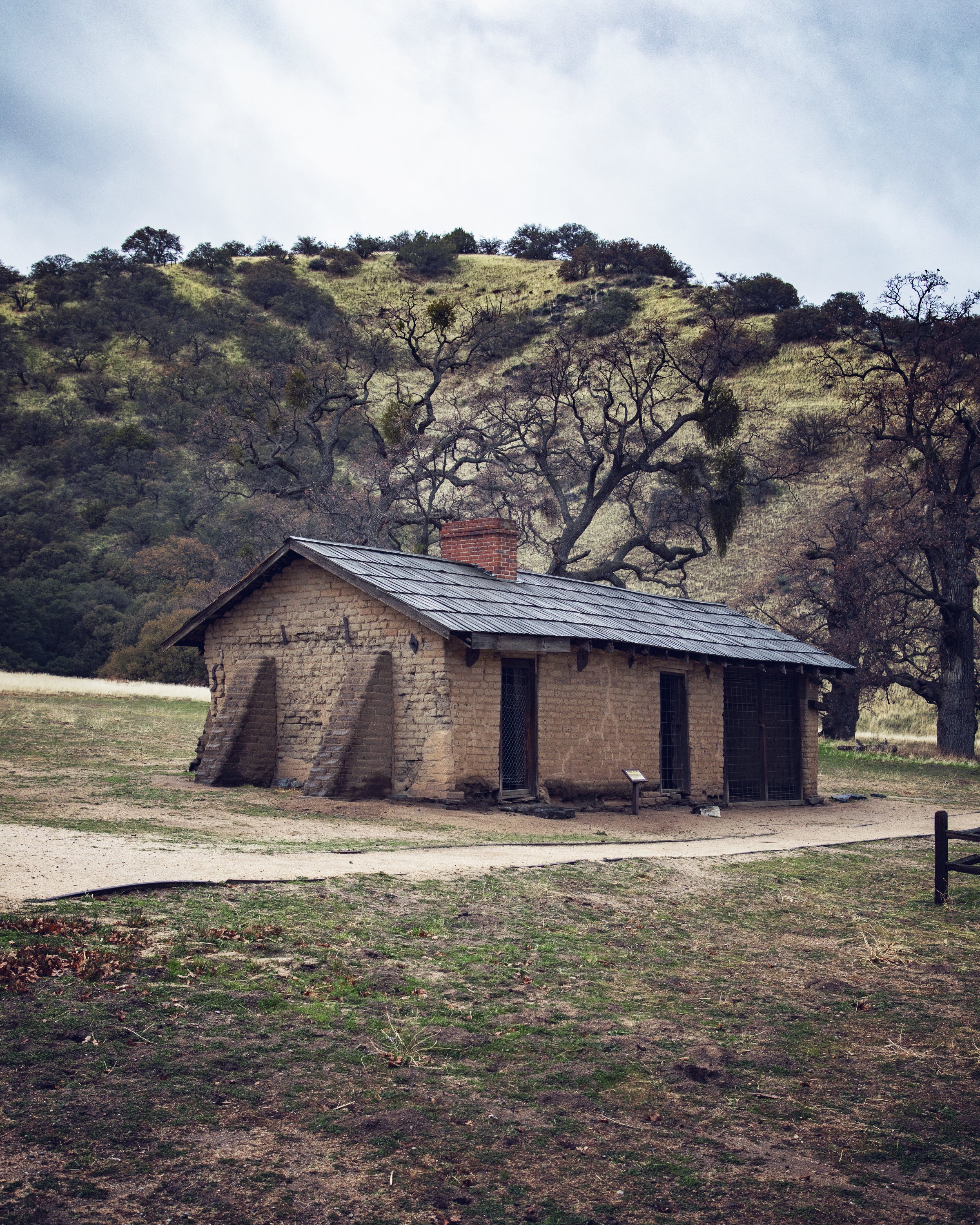
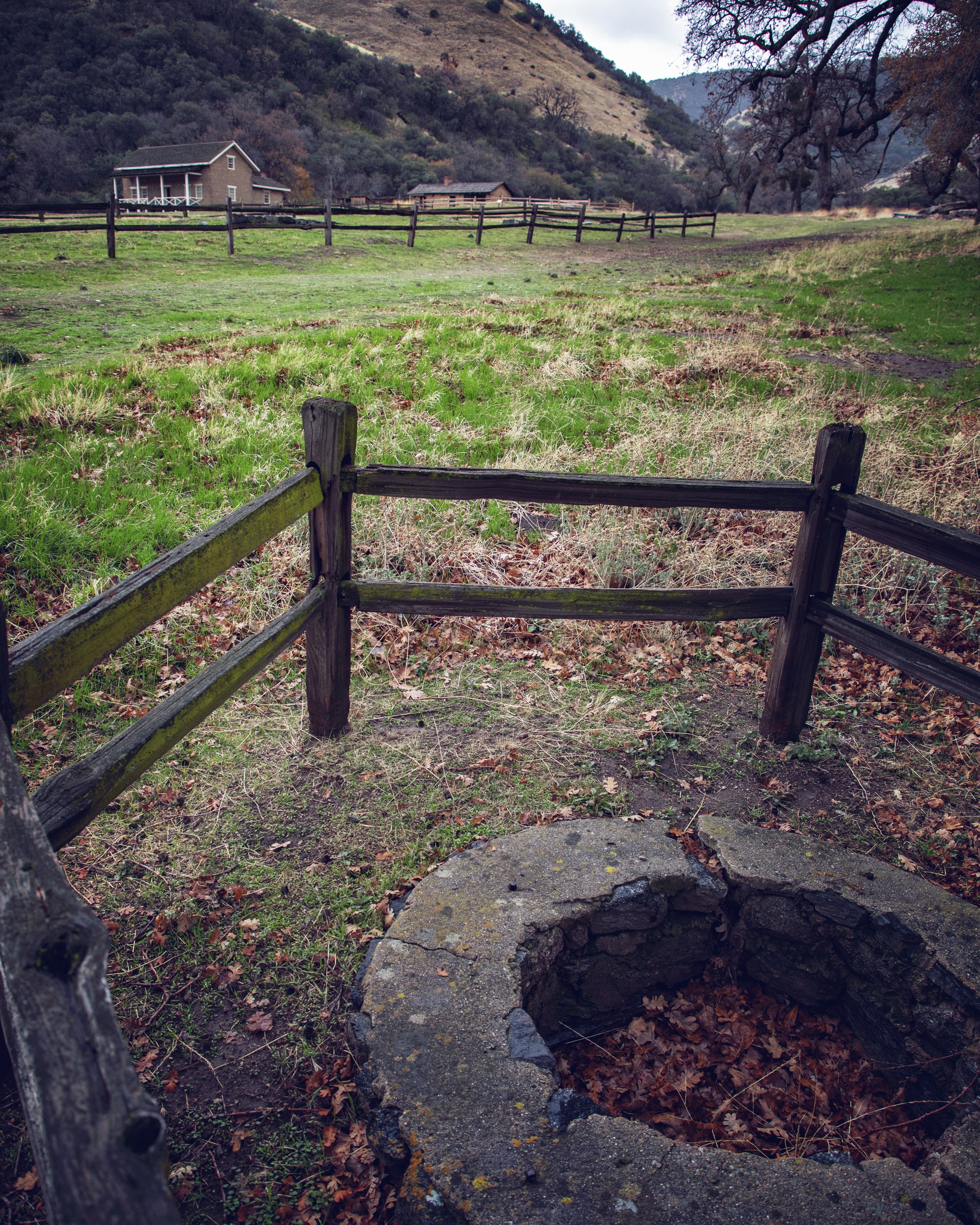






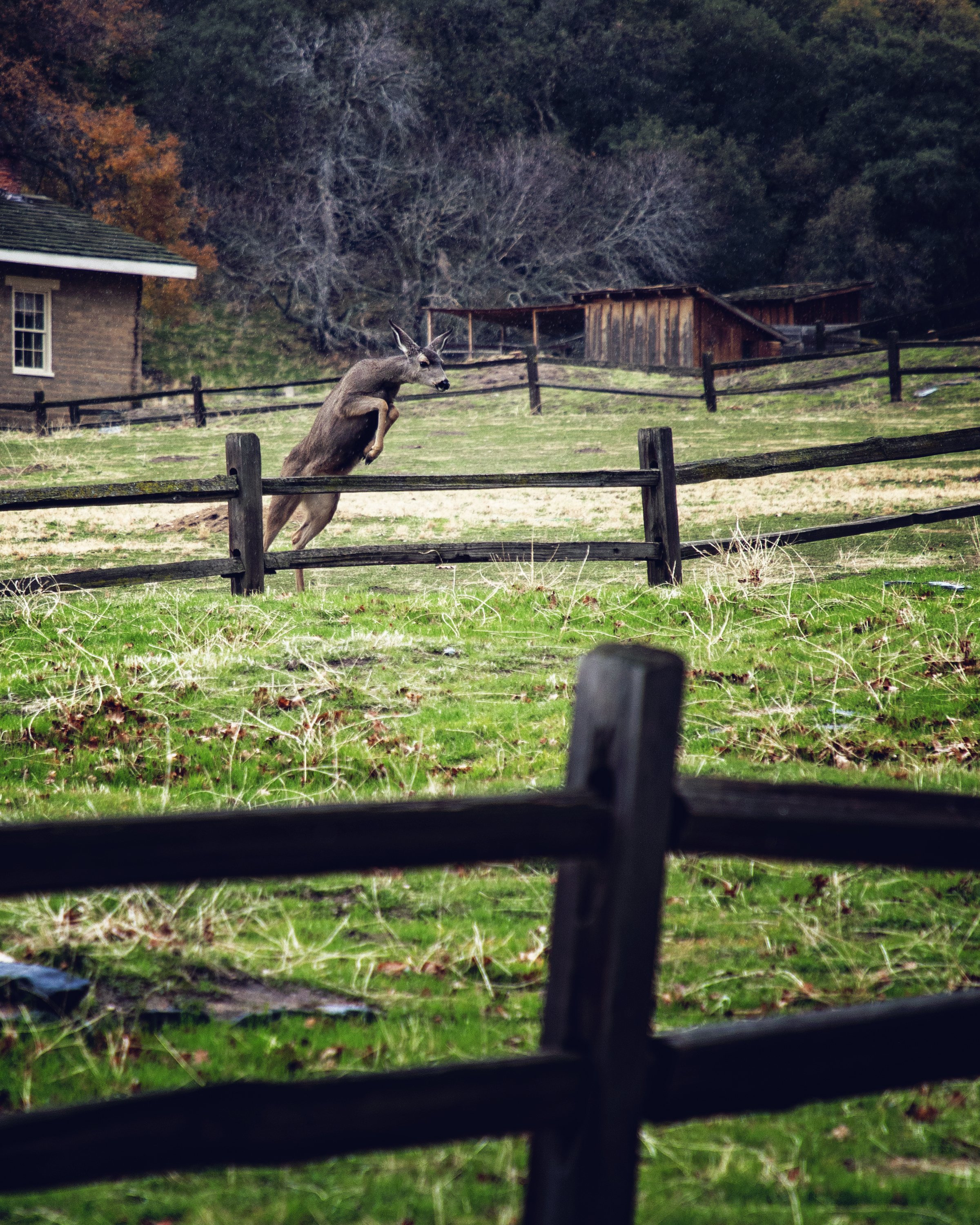








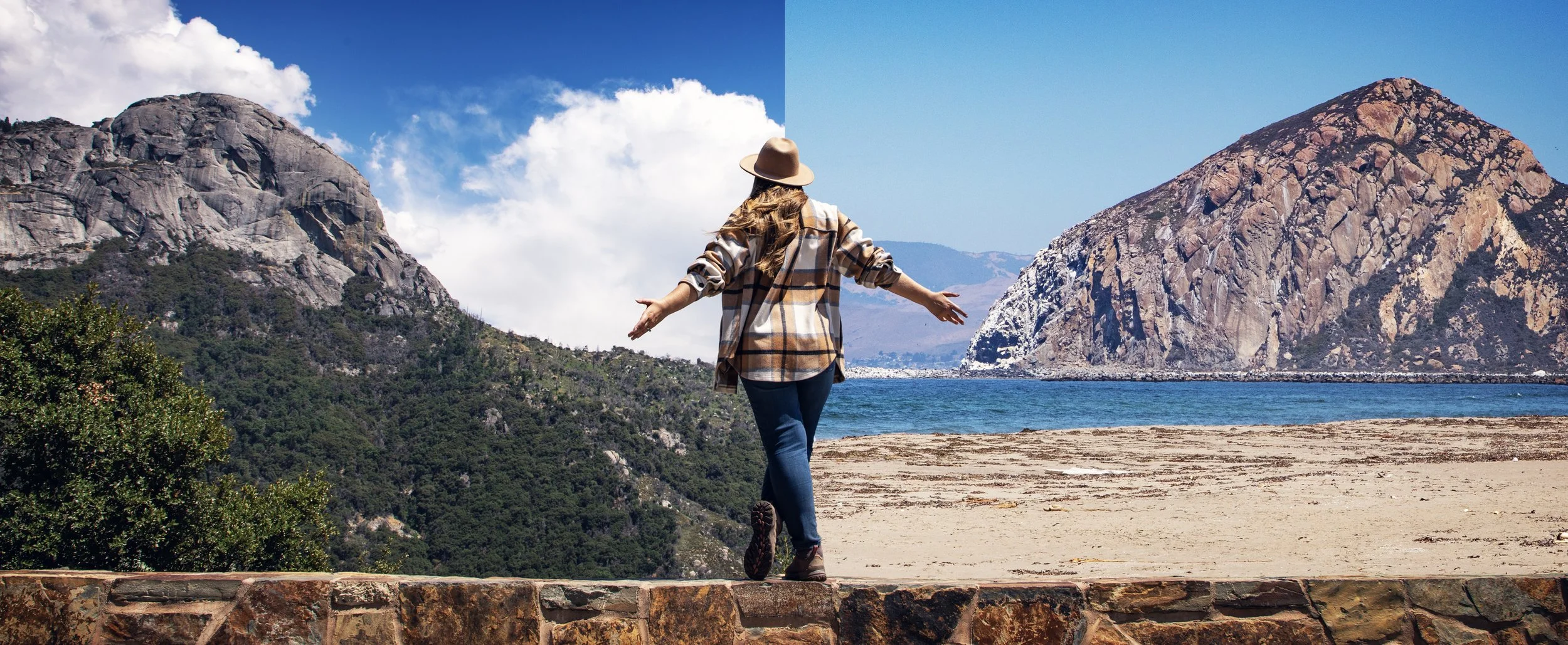
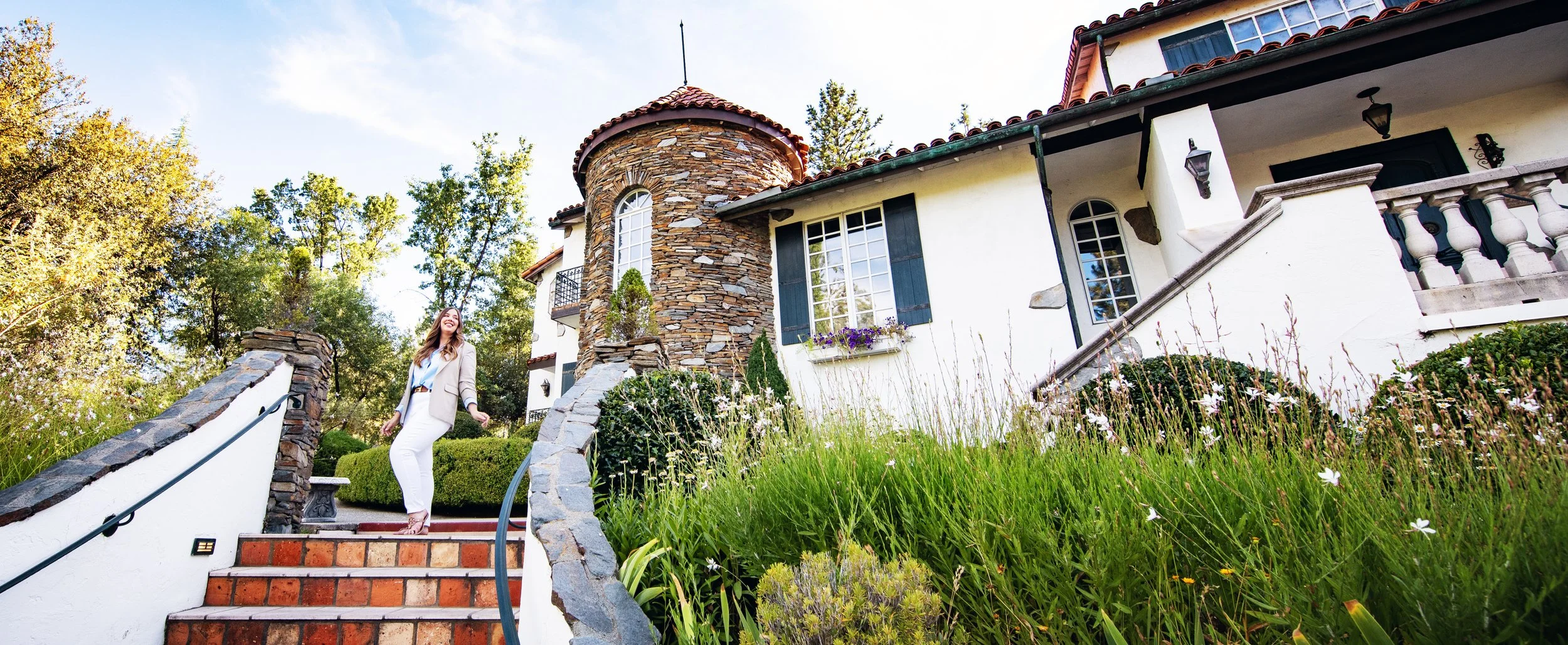



Discover the best astrophotography locations in California and learn how to capture stunning night sky photos. From Yosemite to Death Valley and Joshua Tree to Sequoia National Park, this beginner’s guide covers top gear, camera settings, top dark sky spots, and tips for photographing the Milky Way, stars, and constellations. Experience the awe of God’s masterpiece under the stars with me!